I primarily grew these for myself, because I really need to focus on adding other canopy trees to my tiny remnant of what little remains of an oak-hickory forest. When you have lots of trees, the news of one pathogen hitting after the next is just devastating. Watching the canopy loss first-hand is painful. First the majority of ash trees were taken out (I have one white one barely hanging on). Now pretty much all the beech in the area have been hit with beech leaf disease. My lone young beech tree (I’d guess maybe 10 years old or so? 4″ estimated caliper?) so far hasn’t been hit. I know it’s a matter of time, hopefully after they’ve found a workable solution to save what’s left.
Since these germinated and grew really well for me, I have a few extra to list in the shop. It is unlikely that I’ll be growing these again. I may grow other tree species in the future, but this really isn’t going to be a tree farm.
Fun factoid, this species I believe is the only one that naturally produces aragonite (it’s in the outer husk of the seed). This is usually found in mollusks, corals and some sponges. I’m curious what sort of evolutionary adaptation would encourage that. Also, this native tree is a member of the hemp family, which I find interesting.
Find common hackberry in the wild
It certainly is common, especially in certain parts of the state. They are very easy to identify in the wild when you know what to look for. Nipple galls are so common that you can usually tell by the dropped leaves when you see them. The chunky corky/warty bark is also an easily identifiable feature.
Grow common hackberry in your garden
Celtis occidentalis is a tough tree that is highly adaptable. It can handle many different soils, moisture levels, sun, part sun. Although it can tolerate both road salt pollution and urban conditions, I rarely ever seen this planted as a street tree. As a street tree, it also tends to remain fairly short, 40-60ft tall, though in ideal conditions it can grow to 130ft. If you have any ability to influence your local town or city ordinances, suggest this tree. We really should work on replacing the introduced, non-native species with native ones.
They produce a red drupe (fruit) which animals absolutely love. They are edible, though reportedly the southern species tastes better, earning the name sugarberry. I have not tried either, so I cannot speak from experience. That being said, a number of different indigenous tribes have traditionally utilized the fruit of this tree.
Plant this to help support the ecosystem. Although I have not seen this species listed on any keystone lists, there are two butterfly species whose only host is the hackberry tree: the hackberry emperor and the tawny emperor. If you have the room, it’s always good to include the species that would fall through the cracks, because they’re rarely mentioned.

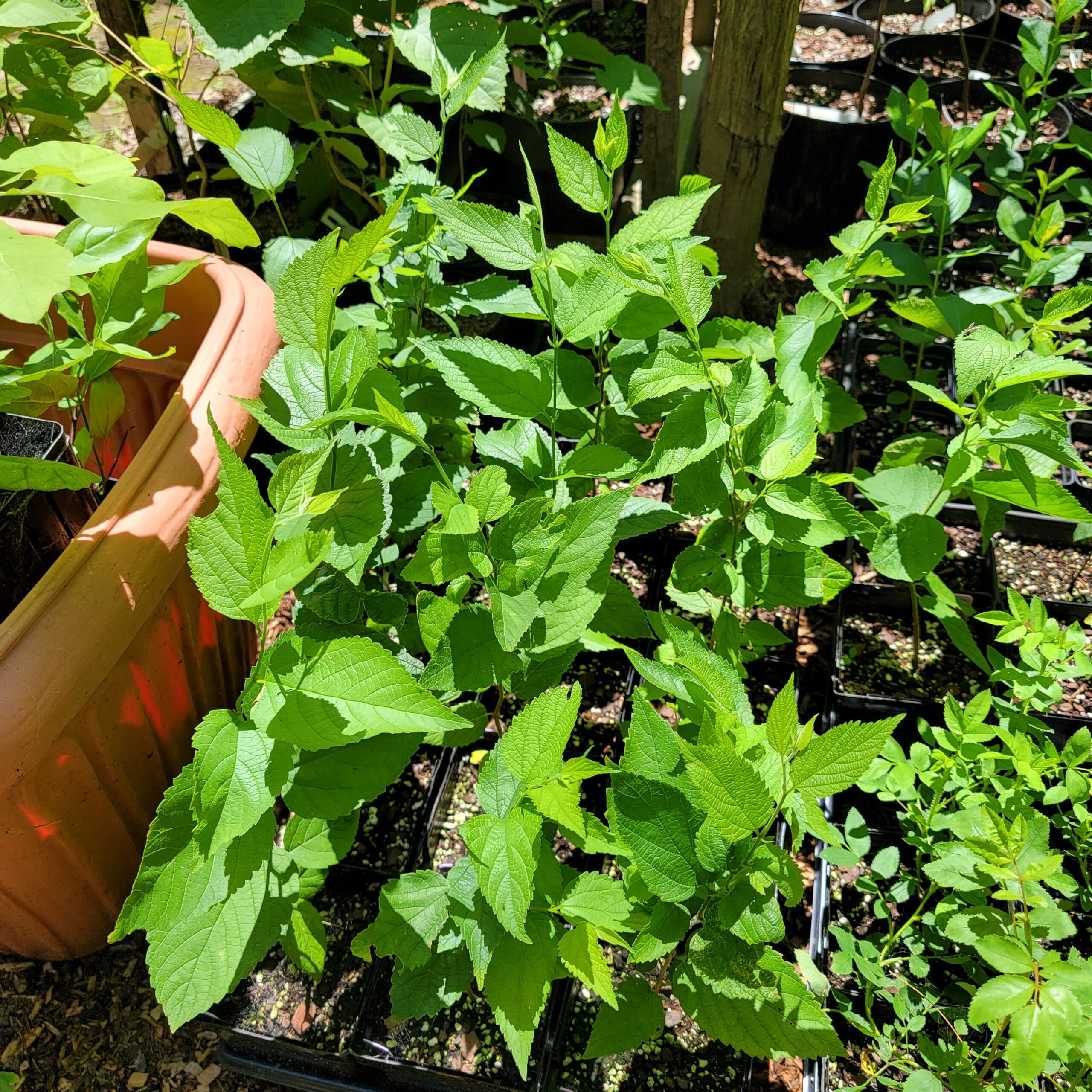
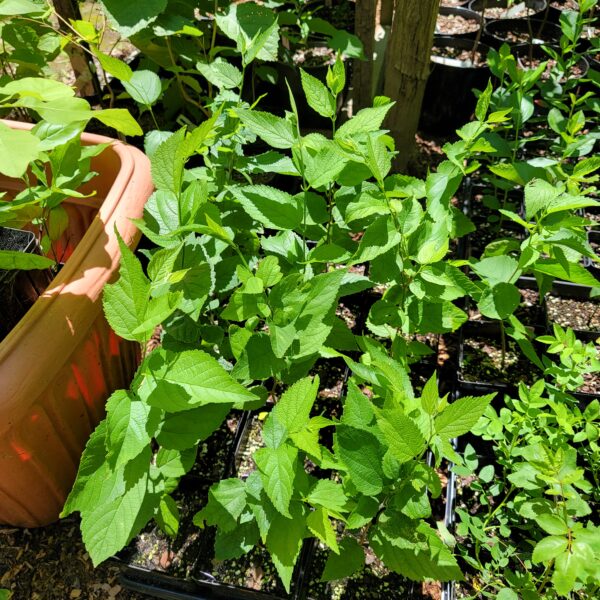

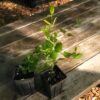

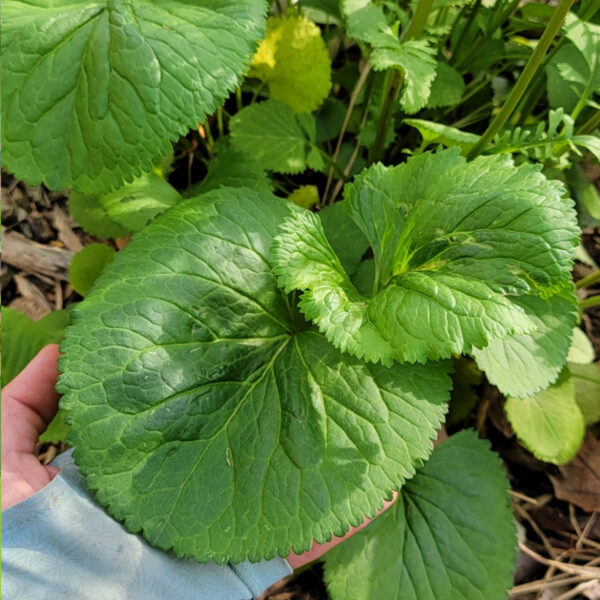



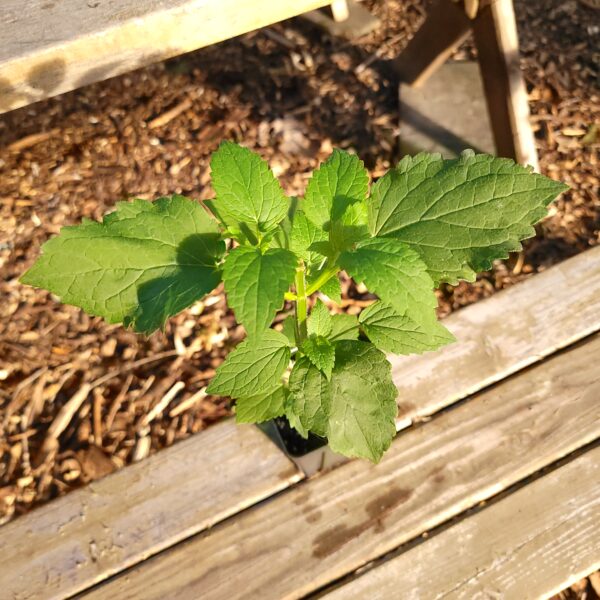
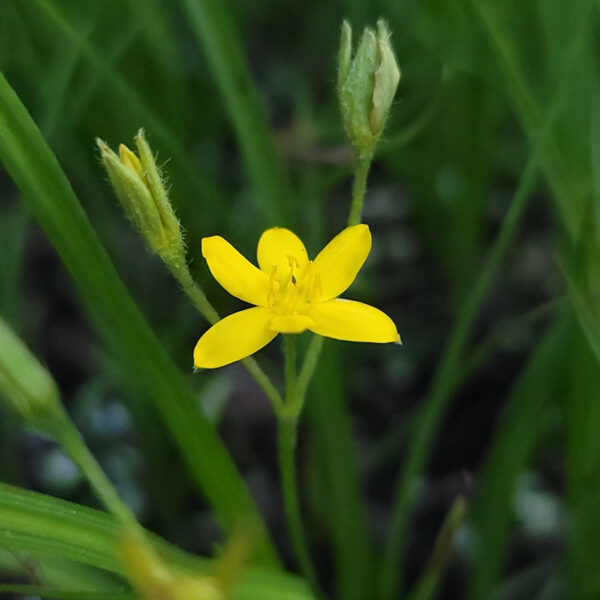



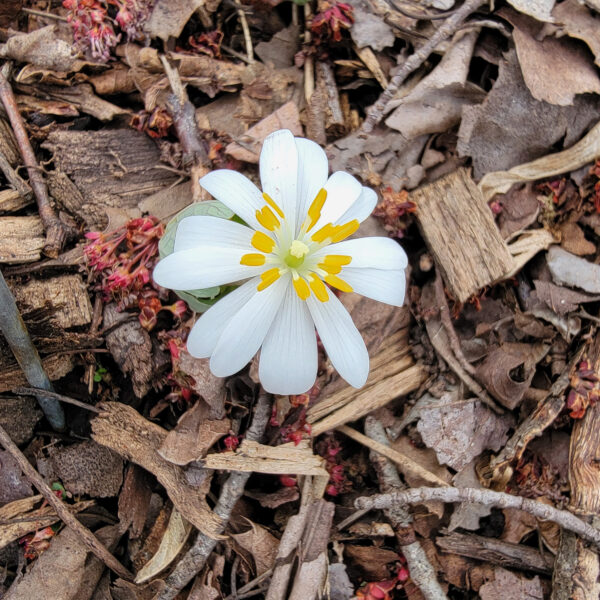
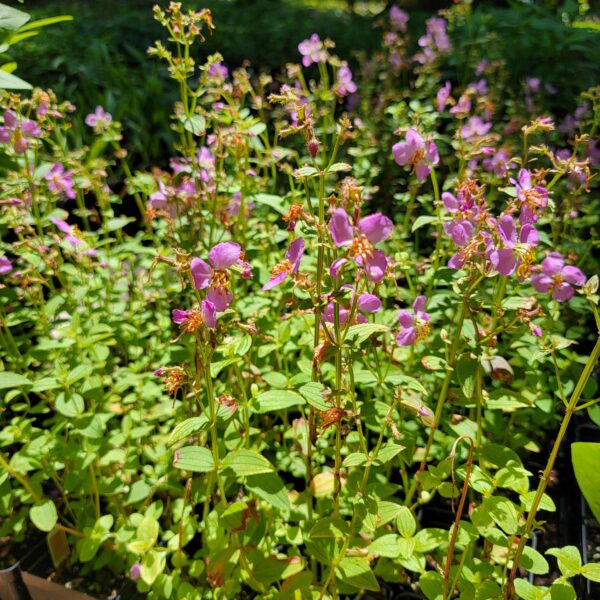

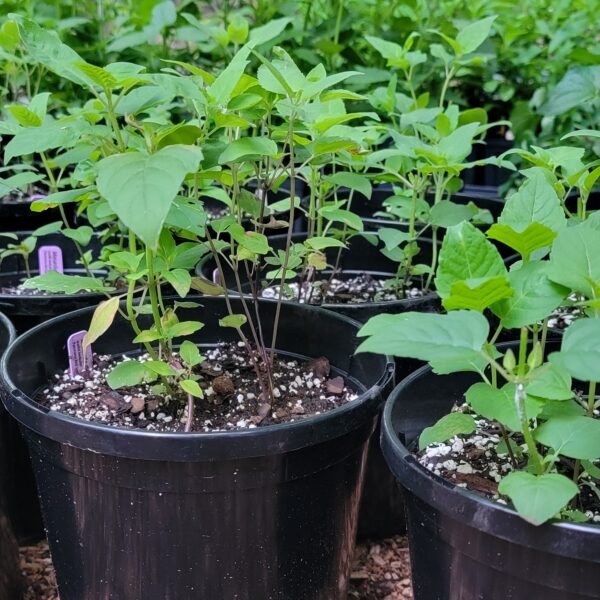
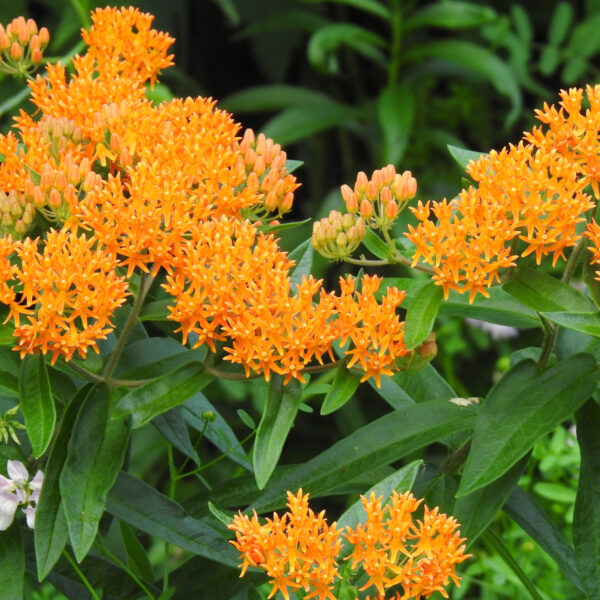
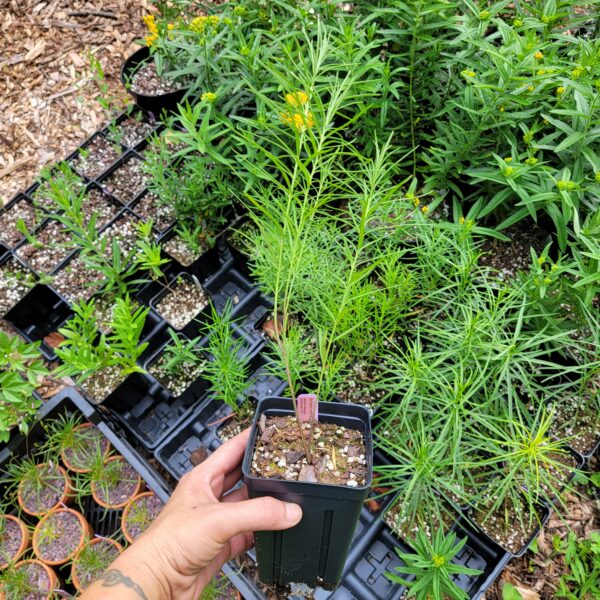
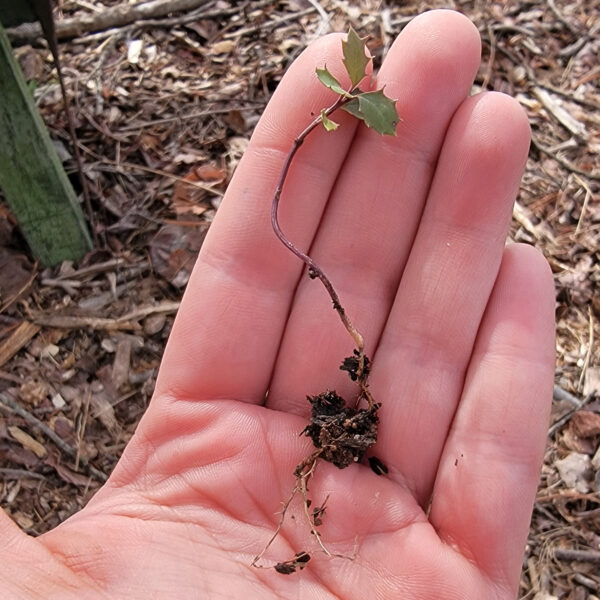

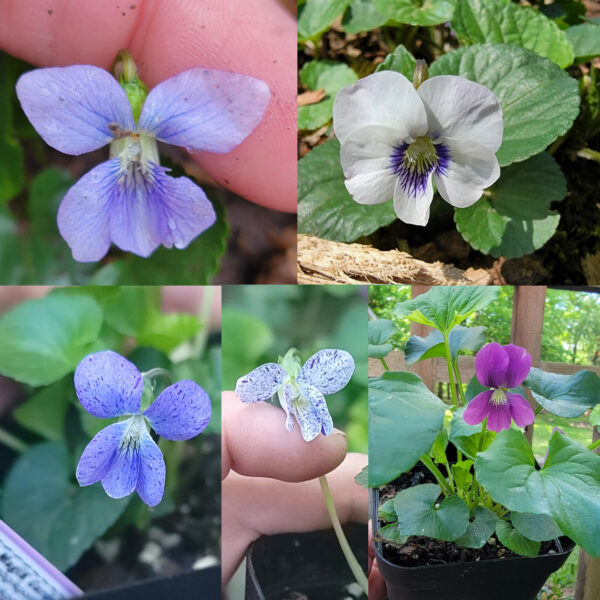


Reviews
There are no reviews yet.